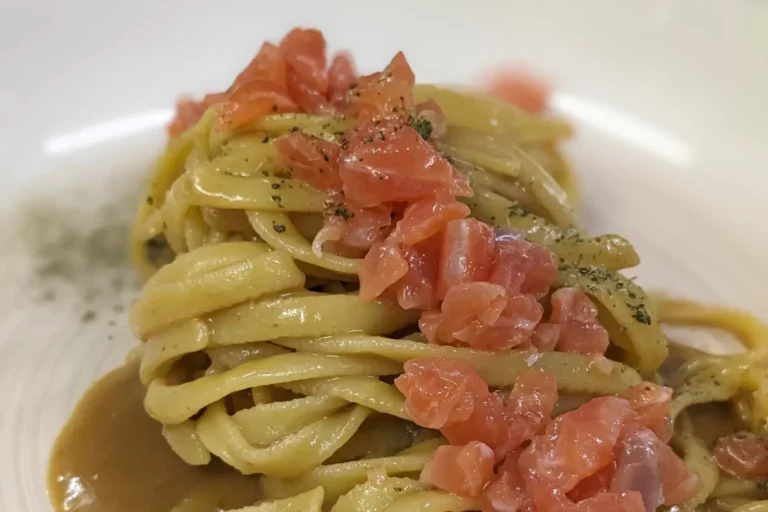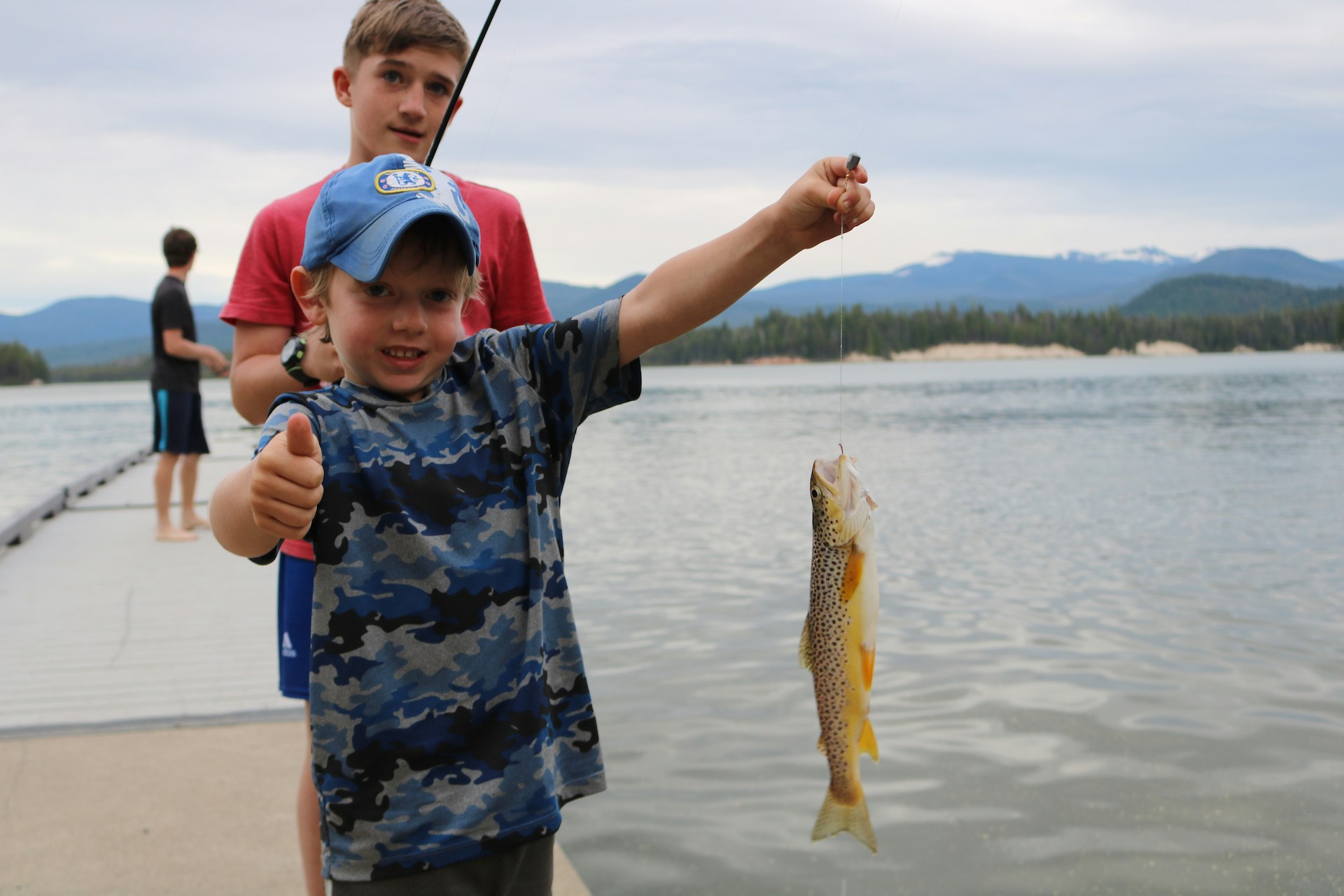
Lake Garda fish species and information about fishing licences
Let’s explore all there is to know about fishing licenses and the diverse fish species inhabiting Lake Garda! Additionally, I’ll unveil intriguing facts, while highlighting the waterfowl of Lake Garda and introducing some peculiar “newcomers”.
In the first days of spring, when the coldest winds are still blowing, I love walking along the shores of the lake. Arrived at the pier, I sit down and let the sun’s rays warm my face, while I begin to observe the transparent and crystalline waters… Who knows if this time I will be able to see one of the many fish species that live in the depths of Lake Garda!
When I was a child, I was convinced I could discover them all, but over time, I realized it’s a mission almost impossible. Yes, because there are more than 30 species living in the waters of Lake Garda, not to mention the so-called “alien fish.” In other words, these are intruders that have settled in the lake, even though they originate from the other side of the world.

Agone – Adriatic twaite shad (Alosa fallax lacustris)
The Agone is a species that for centuries has lived on the bottom of the lake, to migrate to the coast in the summer. It is a rather small fish: long maximum 40 cm, does not live more than 8 years. It moves in flock, nourishing of crustaceans, insects and plankton. In the periods of greatest famine it was mainly fished for subsistence of the local population.
ALBORELLA (Alburnus)
Another of the smallest fish of Lake Garda is definitely the Alborella. It has been part of the Garda gastronomic tradition for centuries, and has also played an important role in filling the lack of food in times of crisis. Up to 15 cm long, it has a maximum weight of only 50 grams. Usually the Alborella lives in group and prefers the clearest and warmest waters. Like the agon, it nourishes of plankton, insects and crustaceans.
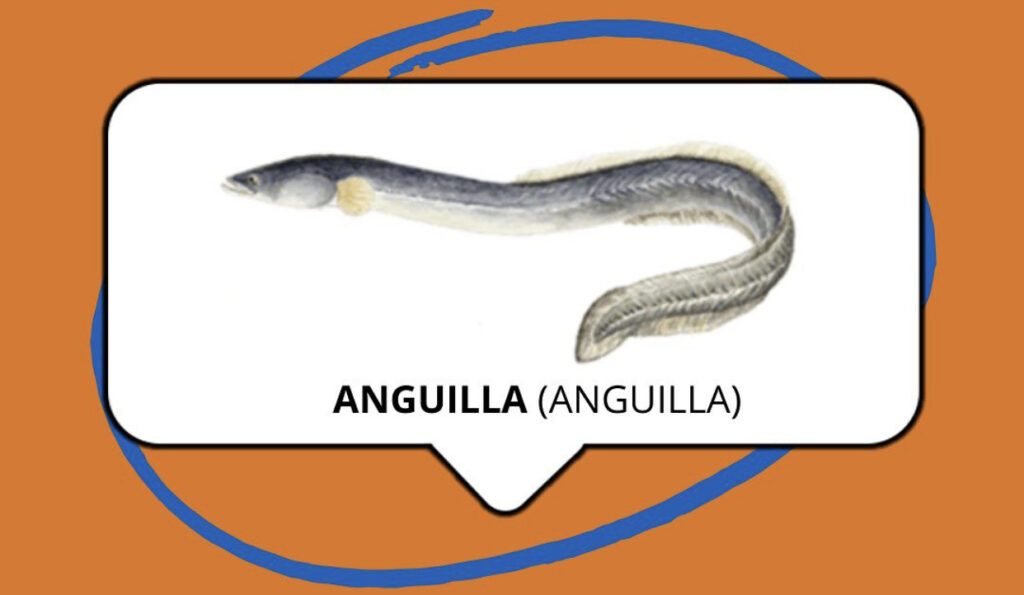
ANGUILLA (Anguilla)
Here is one of the most feared fish of the lake: the Eel, serpentine and elongated. You will easily recognize it, also for the external slimy appearance, due to the high secretion of mucus. Curiosity: did you know that the Eel changes color once it reaches sexual maturity? First the back will appear brown, with a belly tending to yellow. Later, the back will turn dark blue, while the belly will begin to appear of an intense silver. However, it is difficult to see it by day! The eel lives mainly during the night.
Barbo Comune – COMMON BARBO (Barbus)
Barbo is recognized at a glance thanks to its large scales and 4 barbels around the mouth. You will hardly find it swimming in murky waters: regardless of the seabed, the Barbo loves to move in herd in the waters of the high plain. It mainly eats worms, larvae, fish eggs and molluscs. It can reach a length of 60 cm. Warning: Barbo eggs are highly toxic to humans.
Bottatrice – BURBOT (Lota lota)
How the Bottatrice reached Lake Garda is still a mystery: in fact, despite being a freshwater fish, it is part of the Gadidi family. If you look closely, you could say that it resembles cod. It is a carnivorous fish, which mainly eats eggs, larvae and small fishes; it usually shelters on the seabed with slow currents of lake and river waters.
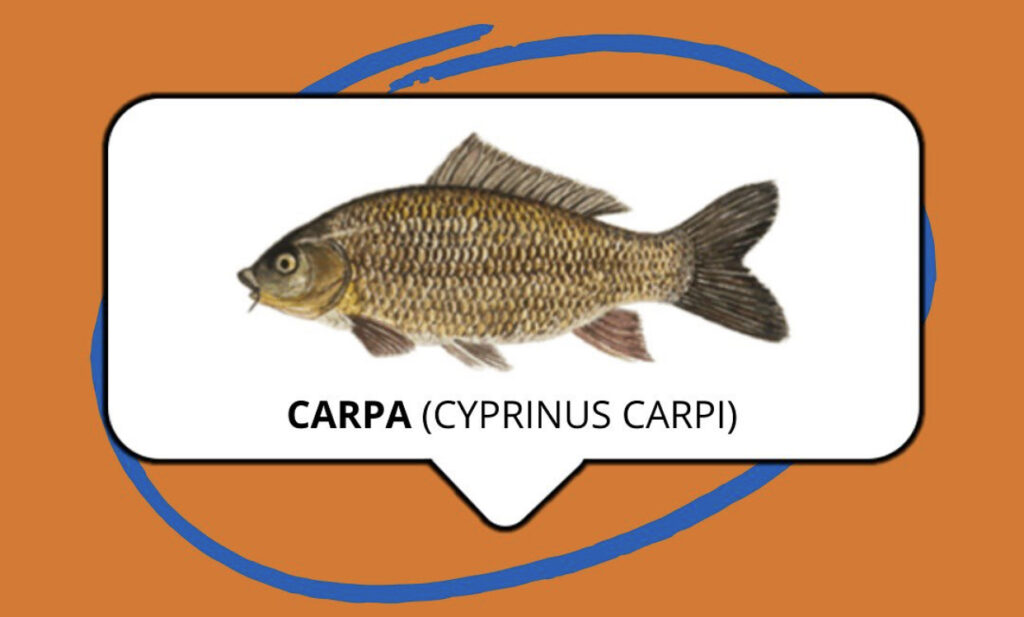
CARP (Cyprinus carpio)
Carp is one of the biggest fish in Lake Garda! Belonging to the family of the Cyprinids, it can adapt to very different environments. Native to China, but is present in Italy since the Roman Empire. It feeds on insects, larvae and crustaceans. It usually lives in ponds or lakes with low current, with muddy bottom and it can reach 20 kg!
CARASSIO (Carassius carassus)
Carassium is often confused with carp, but if you look at it carefully you will notice that its lips are much thinner. In winter it lives in hibernation, in the muddy bottoms of the lake. Like the carp it easily adapts also to hostile environments. It usually reaches a maximum length of 50 cm.
CARPIONE (Carpio psalm)
Curious to know which fish swims and lives only and exclusively in Lake Garda? Carpione! It is a Salmonid that is found only in our Benàco, already since the Renaissance. It was the main dish of the Republic of Venice, so delicious that at the time it was believed to be a sacred animal sent by God.
Preservation Efforts and Conservation: Lake Garda’s unique ecosystem is a delicate balance that requires vigilant conservation efforts. Local initiatives and environmental organizations around lake Garda play a crucial role in protecting these diverse fish species and their habitats. Through sustainable practices and responsible tourism, visitors can contribute to the preservation of Lake Garda’s natural treasures, ensuring that future generations can continue to marvel at the beauty beneath its waves. Let’s continue the list!
Ghiozzo Padano – CHUB OR LOAF (Leuciscus cephalus)
Among the fish of Lake Garda the Chub is one of the easiest to find, because it often wanders near the shore. It is omnivorous as a child, predator as an adult: it can weigh up to 4 kg. During the reproduction, the Chubs aggregate in the lower bottoms and begin the chase of the females, much bigger than the male fishes.
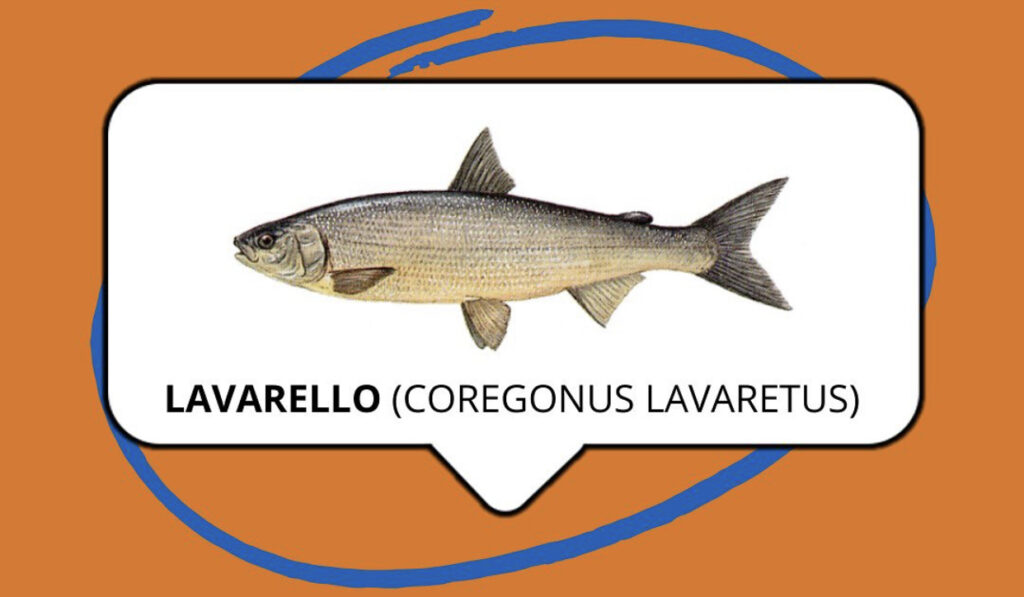
Lavarello – WHITEFISH (Coregonus lavaretus)
The Coregone Lavarello takes its name from the shape of the pupil “at an angle”, its peculiar characteristic. It is an allochthonous species, which was introduced into Lake Garda at the beginning of the last century. It feeds mainly on plankton, molluscs and crustaceans. The meat of Coregone is particularly valuable and delicate, as well as being very rich in Omega3!
GHIOZZO PADANO (Padogobius bonelli)
The Padano Ghiozzo is a fish endemic to Northern Italy, also present in Lake Garda. It usually prefers stony bottoms, so as to build its dwelling well hidden. It moves mainly at night, when the sun goes down.
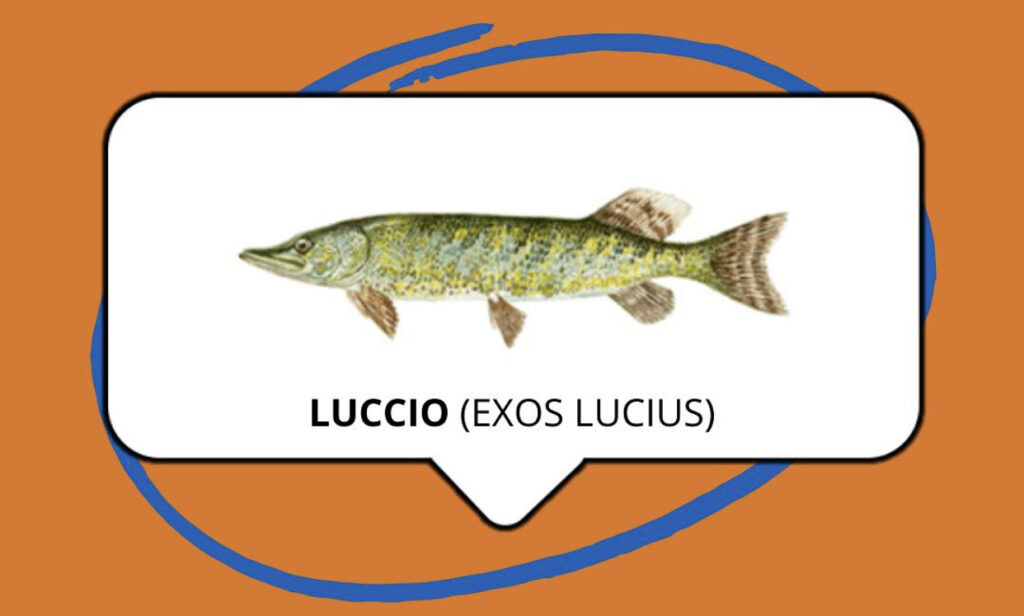
Luccio – PIKE (Exos Lucius)
One of the most famous fish of Lake Garda: ever heard of the dish “Pike with Polenta“? The Luccio is part of the lake gastronomic tradition for various time. Its size can change considerably, so much so that you might even spot pike the length of a meter! It mainly eats invertebrates and small birds, rodents or water snakes.
Persico Reale – ROYAL PERCH (Perca fluviatilis)
The Royal Perch is a medium-sized fish, which up to 10 cm long feeds on plankton and small organisms. When it grows, reaching even the 50 cm, it becomes a hunter of Alborelle, its favorite “meal”. By the way, when it is looking for food, you will notice in the water of the trails left by the fish while chasing its prey.
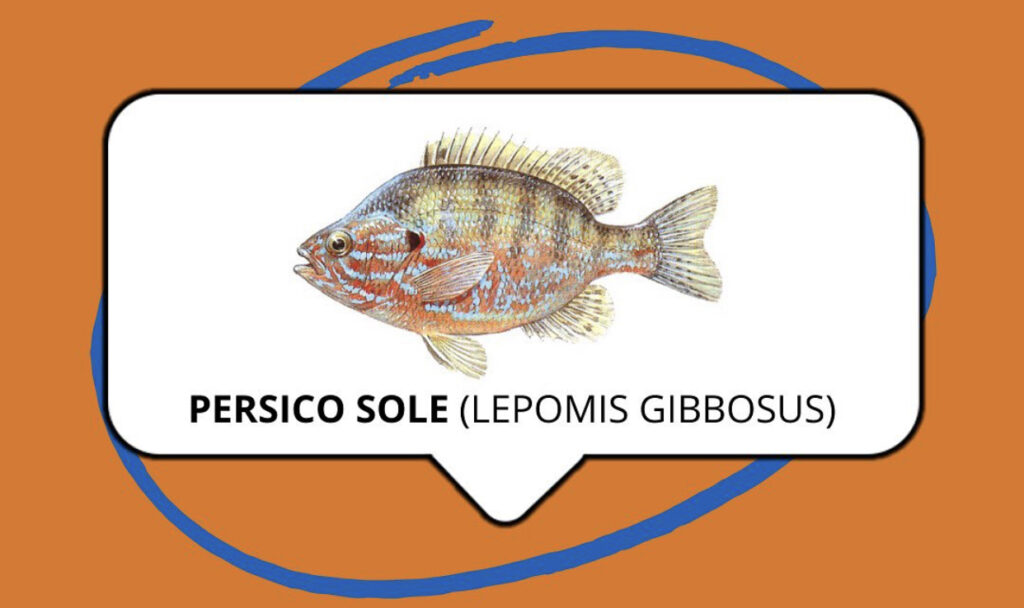
Persico Sole – BLUEGILL (Lepomis gibbosus)
The Sunfish, or Bluegill, has been a guest of our lake for a century. Today the is present in almost all the waters of Northern Italy, arrived in Benàco following the currents of the river Mincio. It has a roundish appearance, with a rather coloured livery with a metallic bronze hue. Why is it called “sunfish”? Well, just look at the fins: the first rays of the dorsal and ventral are very developed, outside the common average.
Persico Trota – LARGEMOUTH BASS (Micropterus salmoides)
Like the Royal Largemouth, also the Largemouth Bass hunts like real predators, chasing its preys, like amphibians and small fishes. Usually, like the Pike, it hides first among the vegetation of the seabed, and then starts at full speed. Even the Largemouth Bass is not a fish originating from Garda, but from far away North America.
SCARDOLA (Scardinius erythrophthalmus)
From the silvery sides and from the fins with reddish shades, the Scardola swims mainly in the Lower Lake, moving also between the lake basin and the river Mincio. It is an omnivorous fish, which prefers plankton, aquatic plants, insects and molluscs.
Pesce Siluro – TORPEDO (Silurus glanis)
Among the most feared weeds of Lake Garda there is him, the Torpedo. An alien species, but very resistant, that can live in waters not only at low concentration of oxygen but also polluted. It can reach a good 2 meters in length at the 15th year of life… Think of it in front of you! In addition, it is a very skilled predator, able to hunt any fish species.
Spinarello – STICKLEBACK (Gasterosteus aculeatus)
It is the smallest fish in Lake Garda: the Spinarello has always attracted great interest for its morphological characteristics. For swimming it moves elegantly, and has a rather delicate coloring. He thinks that the schools of Spinarello, until recently, counted up to 30,000 specimens.
Storione – STURGEON (Acipenser naccarii)
If you thought that the Torpedo could be the biggest and “dangerous” fish of Lake Garda, then you have never heard of Sturgeon! Also known as “Monster of Garda“, since they are regularly sighted individuals almost a doz, and that is why they look very similar to the first bony fish.
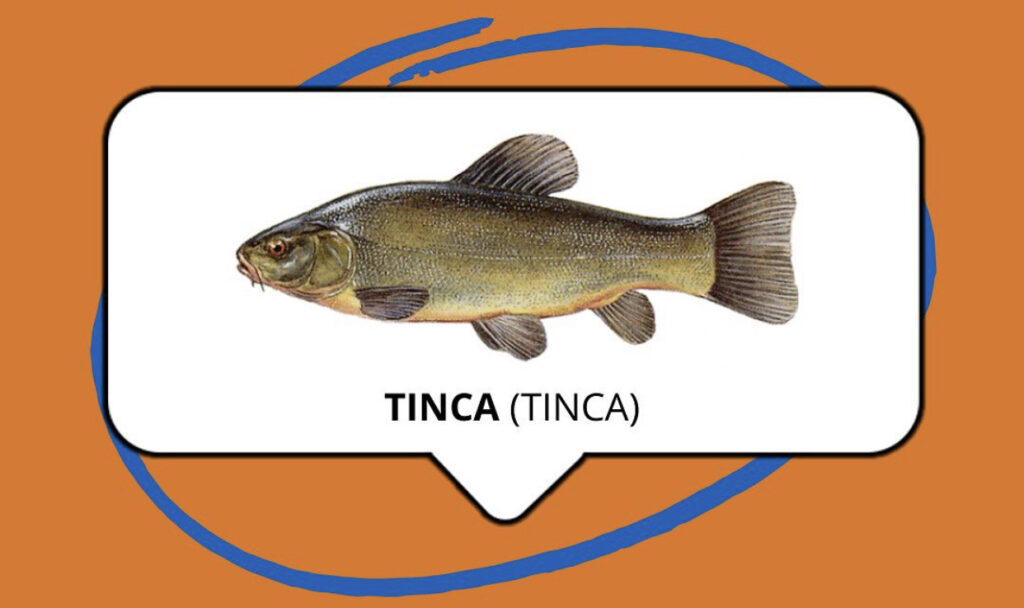
Tinca – TENCH (Tinca)
The Tench is a fish that loves to take refuge in waters with a muddy bottom and rich in vegetation. It has a yellowish green color, with golden reflections. It can weigh up to 4 kg and is recognizable thanks to its black fins, with a small barbel on the mouth.
TRIOTTO (Rutilus aula)
The Triotto is a native species of Lake Garda. Its distinctive characteristics? A central lateral dark band, large scales and reddish yellow eyes. Usually it loves to move in herd, whilst in winter it takes refuge on deep bottoms, resting in a sort of hibernation. It follows a mainly omnivorous diet.
Trota Lacustre – LAKE TROUT (Salmo trutta)
The Trout is often called also “Queen among the fish of Lake Garda”: an endemic species of Benàco, which reproduces mainly near the Sarca and on the Brescia shore. It feeds on small fish and can reach up to 20 kg in weight! The meat of the trout, together with that of the pike, is one of the most appreciated of the lake gastronomic tradition. You’ve probably heard of it.
Now you finally know all the fish of Lake Garda, from the oldest to the alien species arrived in Benàco recently… In this regard, I’ll tell you a last curiosity: did you know that there is a real jellyfish in Garda?
From the name almost impossible to pronounce, the Craspedacusta sowerbii arrived in the waters of the lake from the Yangtze river, in distant China. Don’t worry, it’s completely harmless to humans. Also, it’s really hard to spot. Its maximum size is about 2.5 cm
As you may have noticed, the fauna of Lake Garda reserves many surprises, as well as include a variety of fish not indifferent. Together with water birds such as the Grebe, the Coot, the Mallard, the Fistone Turco and the Swan, they represent a heritage of biodiversity to be protected. For many fish, in fact, there are quite strict rules for both recreational and amateur fishing. In the next paragraph you can see the Rules.
Want to know more? Visit the Museum of Fishing and Traditions in Peschiera! You will find faithful reconstructions of fishing boats, stories of how fishing was done since ancient times and many curiosities about the fish of Lake Garda. The museum is open every weekend, Saturday and Sunday.

FISHING LICENCE ON LAKE GARDA
Are you a fishing enthusiast? Of course, on the Benàco you can practice this activity too, being very careful to follow the rules. At the following link you can see the Regulation in force for fishing on Lake Garda, in the Veneto Region.
For residents in Veneto, the amateur-sport fishing license (type B) consists of the proof of payment of the regional concession fee of € 34.00. All type B licenses are valid for 365 days, starting with the deposit.
The fishing licence issued in the other regions of Italy is valid on the regional territory of Veneto. In Veneto, the Type B fishing licence allows you to fish freely throughout the territory not subject to concessions, exclusive fishing rights and areas banned from fishing. For children under the age of 18 and over 60 resident in Veneto, no payment is required.
Foreign tourists can practice amateur-sport fishing following a payment of € 13.00 at the post offices of the various municipalities. This license, type D, is valid for 3 months throughout the territory of the Veneto Region.





